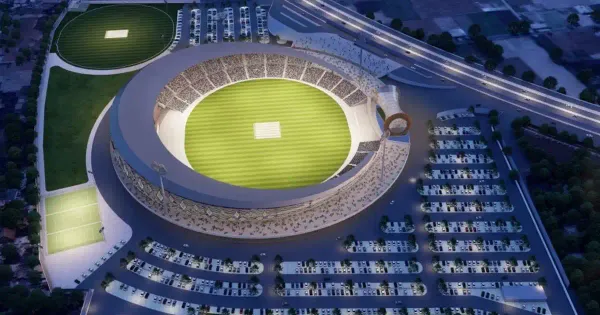The sporting scenario in India has been marked with the evolution of sports infrastructure and facilities in India. The sporting developments has been marked by gradual growth and significant steps taken with an intent to grow sports in the nation.
Ever since India gained independence, efforts were made to establish stadiums and training centers. While the progress was slow and limited, such institutes later emerged as the backbone of Indian sporting scenario, one of the biggest example of which is SAI (Sports Authority of India). A few years later in 1980s, India progressed in the development of sports and started hosting global sporting events including the Asian Games in 1982 and Cricket World Cup in 1987.
Such initiatives were a beginning to demonstrate India’s will to be on global charts in front of the world. Later in the 21st century, the government and private entities started investing in modern facilities, training centers, and sports academies which led to a significant transformation. This proved to be a key step in taking sports to rural India and motivating Indians at grassroot levels to take up sport. Later, the Indian government also came up with highly influential initiatives and programs including the ‘Khelo India’ and ‘Fit India Movement’ to encourage youth which came from rural and financial incapable backgrounds.
Later on, several private leagues and tournaments including Indian Premier League, Pro Kabaddi League and others took popularity of Indian sports to next level. Such tournaments proved to be immensely popular in making a name for India at the global level. The upgraded infrastructure and support from the government boosted India’s presence on the global sports stage, and remarkable success in tournaments like Olympics, Asian Games, and other international events.
